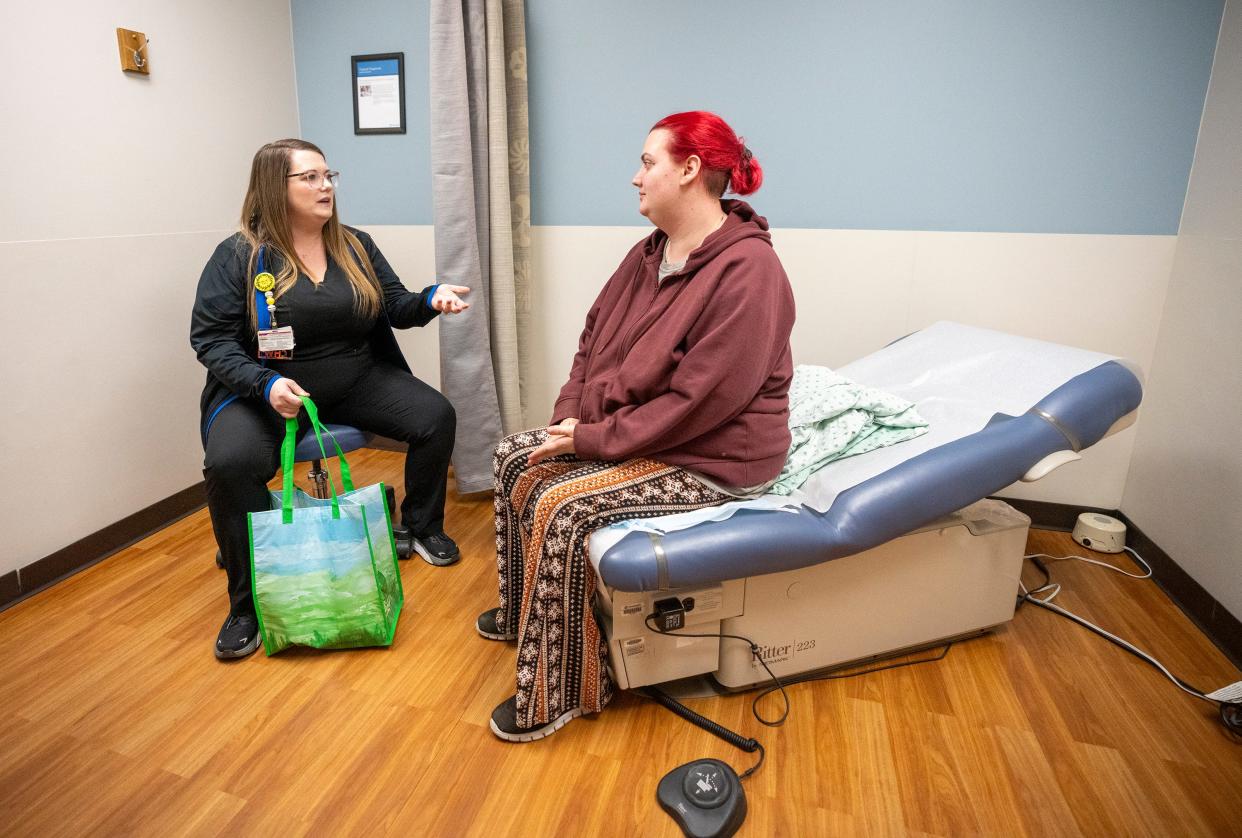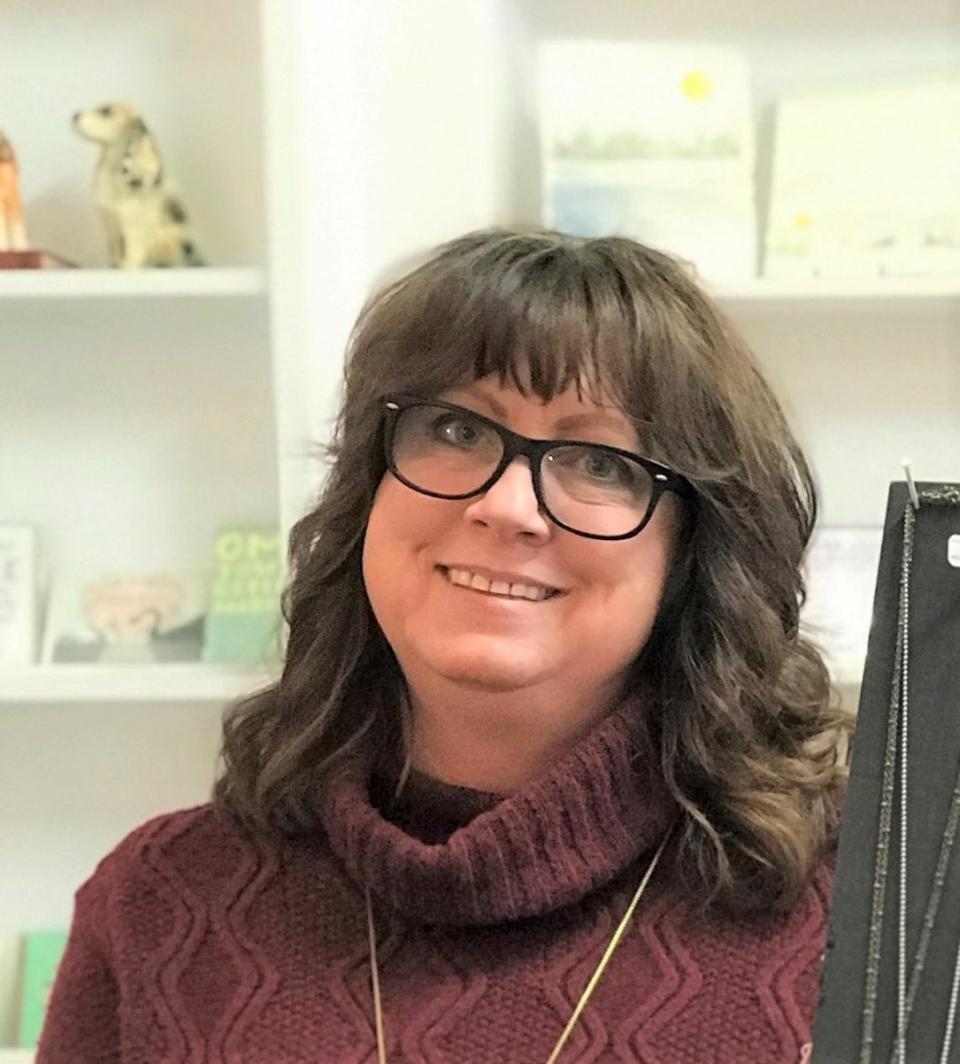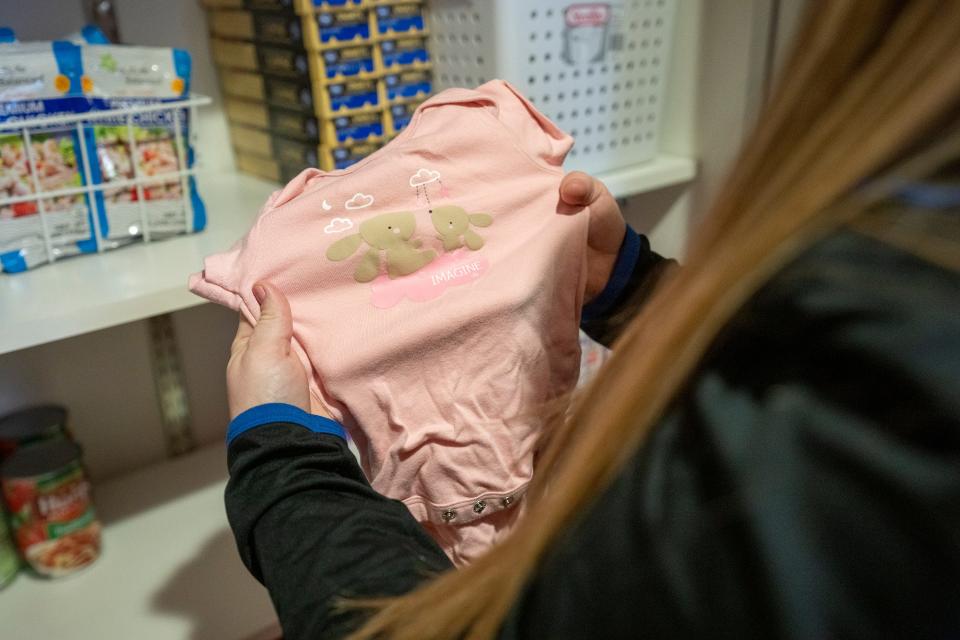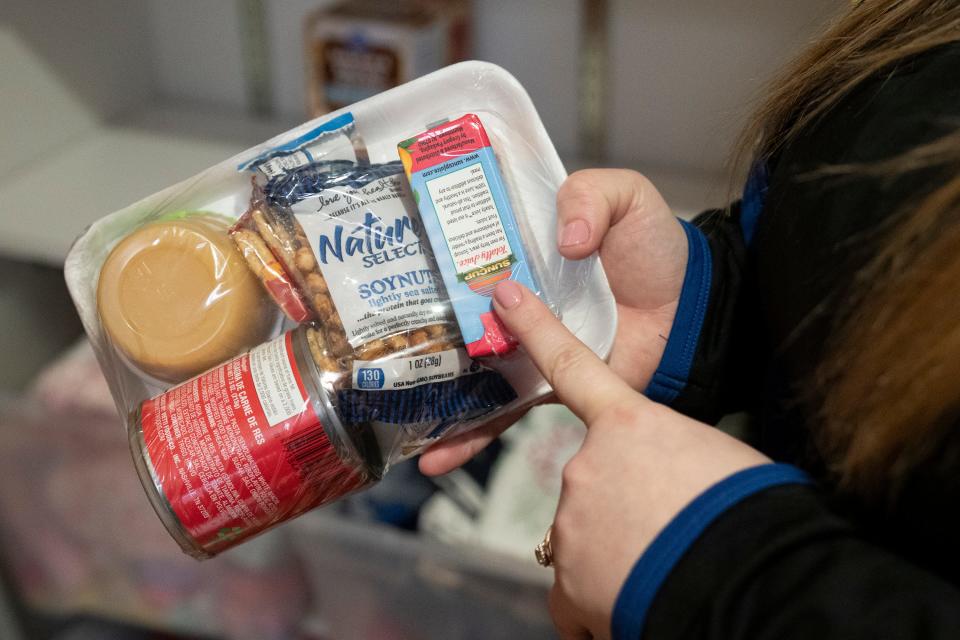Rural Ohioans 43% more likely to die younger than people in big cities. Here's why

Laura Pytlik went to the emergency room three times, scared she was having a heart attack after passing out while standing.
When doctors at the Marietta hospital near where she lives still couldn't figure out what was wrong with her after her third visit, she insisted on a referral to a Columbus hospital.
At the end of the roughly 130-mile drive, Pytlik found the answer to her medical mystery and was able to relax. Though that was 15 years ago, Pytlik, now 63, hopes local doctors are more familiar with similar disorders today.
"I was diagnosed immediately in Columbus," with a common disorder that causes sudden drops in heart rate and blood pressure that leads to fainting and was later cured with medicine. "The doctors here weren't familiar with it."

Poor access to quality health care, such as in Pytlik's experience, can shorten the lifespans of rural residents, according to a recent study by the U.S. Department of Agriculture.
The mortality rate for those of prime working-age population (ages 25–54) living in rural America was 43% higher than in urban areas in 2019, up from a 6% gap in 1999, the study found.
In Ohio, rural Appalachia spans 32 counties and about 16,000 square miles, running from the border of Cincinnati to the border of Cleveland, and is home to about 1.9 million people.
People living in those rural areas are more likely to die from heart disease, cancer, chronic lower respiratory disease and stroke than those living in urban areas, the report found.
Babies delivered in cars: Rural Ohio's lack of maternity care affects nearly 100,000 women
Availability of doctors' offices, hospitals and emergency rooms vary by population, and lower-populated rural areas may not be able to financially support quality health care services, the study found. As a result, experts say too many rural hospitals are closing because they can't cover their costs.
Since 2005, 192 rural hospitals have closed or converted their services to outpatient or other models, according to the Cecil G. Sheps Center for Health Services Research at the University of North Carolina at Chapel Hill.
Another 600 rural hospitals are at risk of closing, according to the Center for Healthcare Quality and Payment Reform, a Pittsburgh-based nonprofit think tank.
This "health care crisis" in rural areas is something Tom Campanella, a health care executive in residence at Baldwin Wallace University in Berea, Ohio, and others have been sounding the alarm about for years.
"We still seem to be sleeping through the rural health care crisis. … Hopefully it's a wake-up call," he said of the study.
Why are rural Ohioans dying sooner than others?
Dr. Lucy Bucher, an OB-GYN and associate vice president for clinical affairs at OhioHealth O'Bleness Hospital in Athens, said she’s felt like patients are sicker than they’ve ever been.
“It’s shocking because we’re really looking at a young population,” she said. “When they say there was this big change in mortality, it really fell in that mid-20s to mid-50s range.”
Bucher sees chronic illnesses affecting her patients often and believes residents’ health worsened during the COVID-19 pandemic, with many delaying medical care when offices were closed to prevent the spread of the illness.
Shei Sanchez, 45, is not surprised people in rural America aren't living as long. Sanchez has lived in rural Athens County for 10 years and works for a group that funds health nonprofits in rural Ohio and West Virginia.
Too often people delay going to the doctor because they don't have the money and think their concerns are minor, she said, but those very same issues compound into more serious health conditions later on. They may also have to make the tough choice of putting food on the table or paying for gas to get to a doctor, she said.
A rural lifestyle can also be all-around unhealthier because people have less access to places to get physical activity, like safe places to walk and healthy foods to eat, Sanchez said. And rural Americans are also more likely to smoke, be obese and not have a primary care doctor, according to the study.
Additionally, telehealth, which expanded during the COVID-19 pandemic, may not be an option for a lot of rural residents who can't access broadband internet.
People with poor health may work fewer days, be less productive when working or have an overall lower quality of life, which have effects larger than the individual's health, according to the report.
What can be done about the rural mortality gap in Ohio?
Community health workers like Mariah Sharpe, who works at OhioHealth's Castrop Health Center in Athens, can play a key role in improving rural Ohioans' health, Campanella said.
Often, they are trusted in the communities they live and work in and can then help address health care and quality of life for fellow residents, he said.
"We're kind of like a neighbor or even a friend or distant family member that's done this 1,000 times," Sharpe said. "We know how to quickly get you resources or services, and we're here to be as involved or uninvolved as you need us."
Sharpe helps connect patients to resources like food, transportation, items to care for their newborns and more.
"We just try to bridge all these gaps," she said, adding she talks to new parents about safe sleep and can help them access clothing, bottles, blankets and car seats. "We need to do everything we can to make sure mom and baby are safe."

But there are some things the Athens health center can't do — such as help people with certain heart and maternal fetal medicine issues — and going to Columbus is difficult for many southeastern Ohio residents, she said.
Among possible solutions to the mortality gap, Campanella said collaboration among government and health care companies is important.
For instance, in July, Memorial Health System in Marietta announced it would build southeast Ohio's only women and children's hospital as part of a partnership with Akron Children's Hospital with $30 million in state funding.
The announcement came on the heels of many Ohio maternity wards closing.

Rural hospital opening: Marietta health system opening women, children's hospital thanks to $30 million in state budget
Federally qualified health centers — which receive federal grants and are set up to care for underserved populations — also need to be expanded and their services broadened, Campanella said. Telehealth services should be made more accessible.
And more residencies for doctors should be available in rural areas because doctors often stay where they did their residency.
People should be angry about the gap in mortality rates and demand action, Campanella said.
"The sad part is, it's not only not getting better, it's getting worse," he said. "These are people who have been long neglected."
dking@dispatch.com
@DanaeKing
This article originally appeared on The Columbus Dispatch: Why are mortality gaps higher in rural areas of Ohio?

